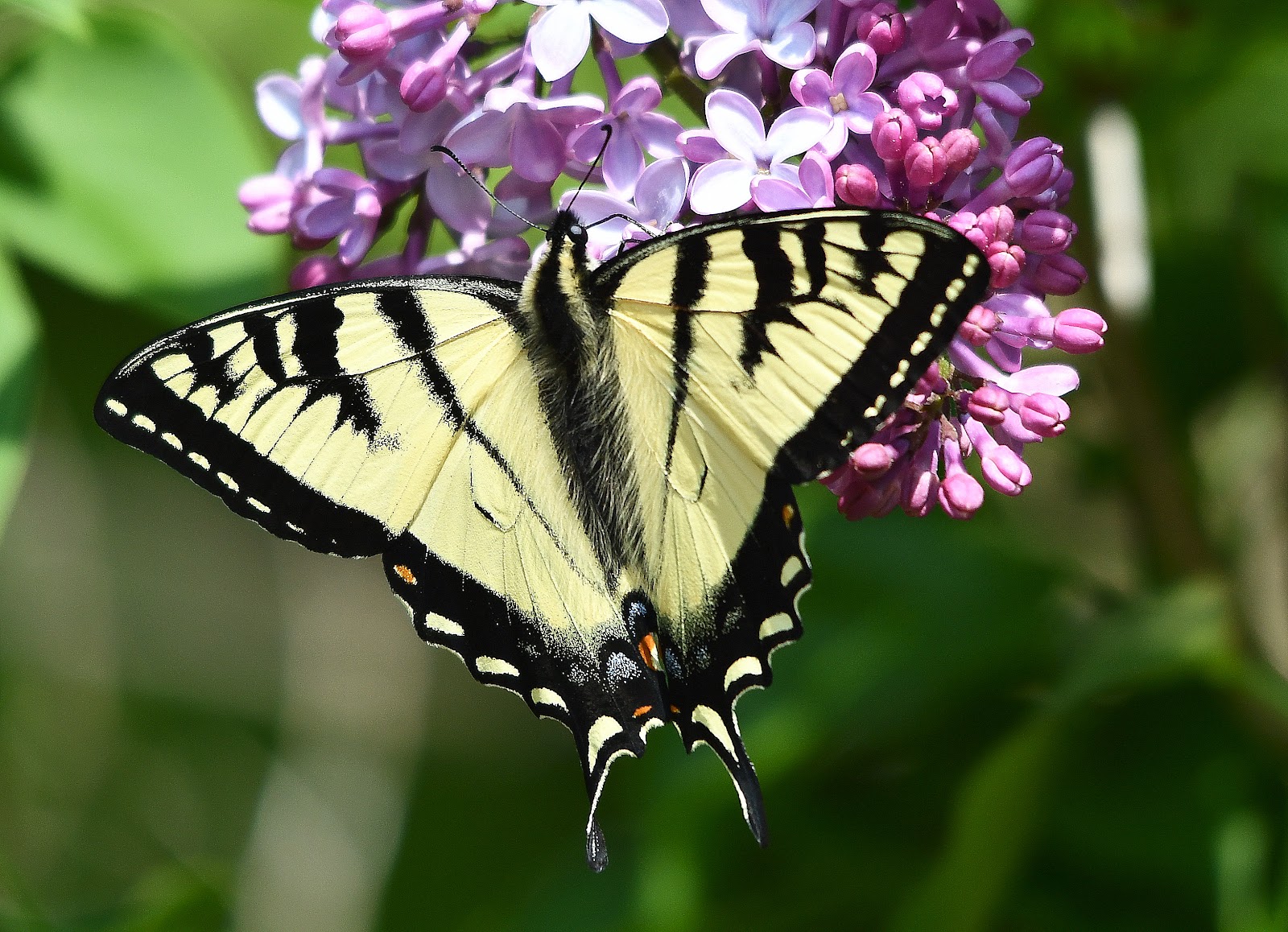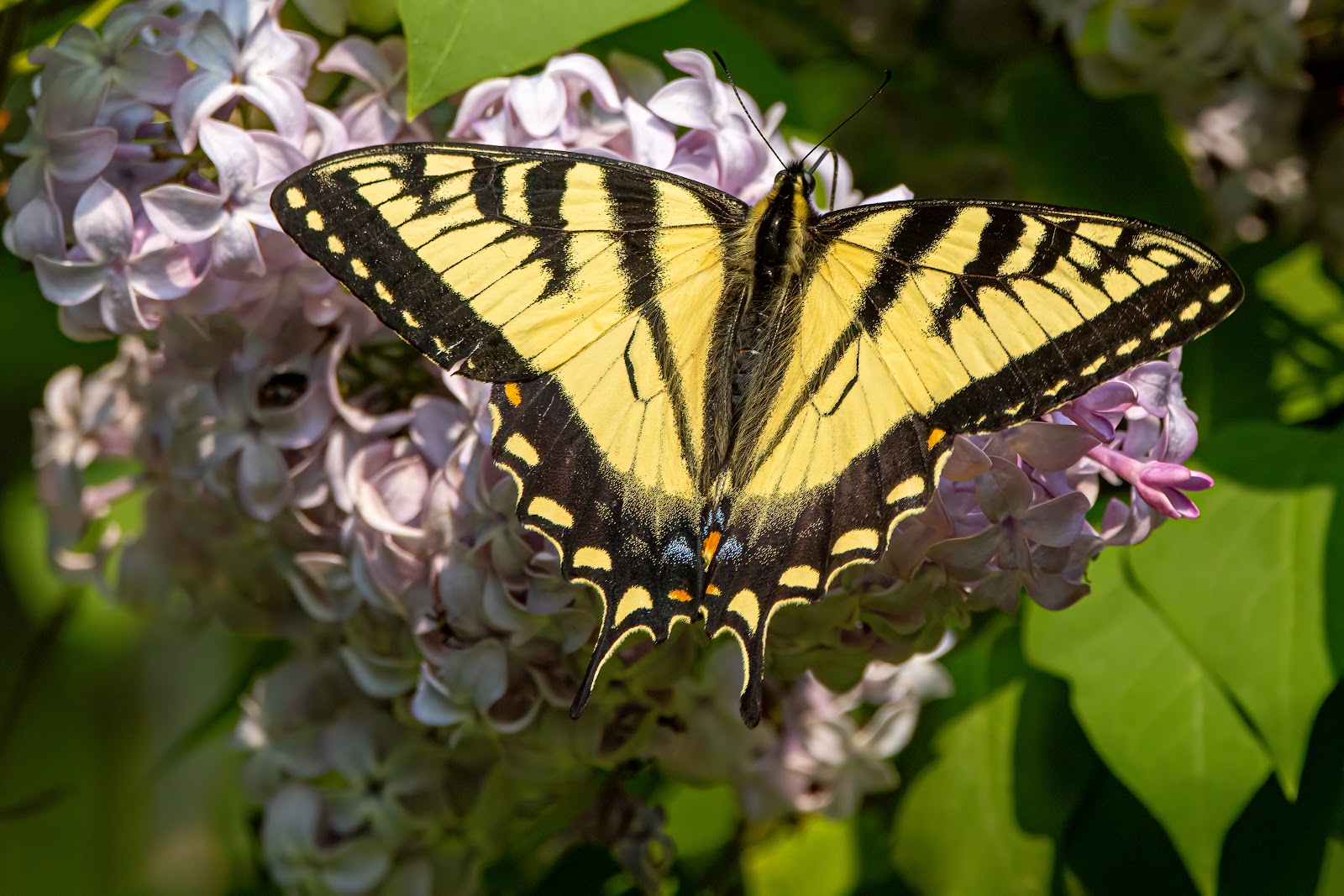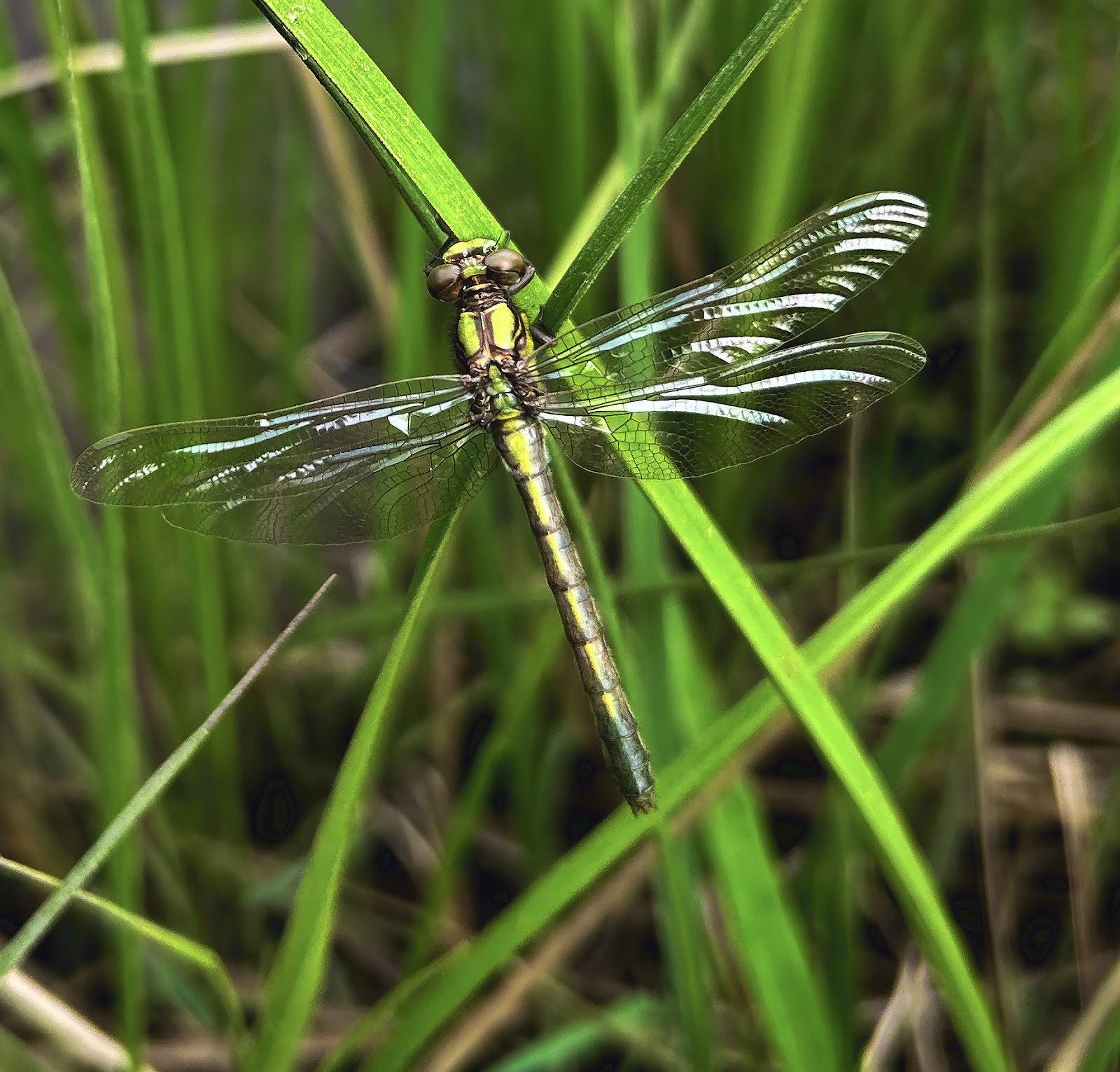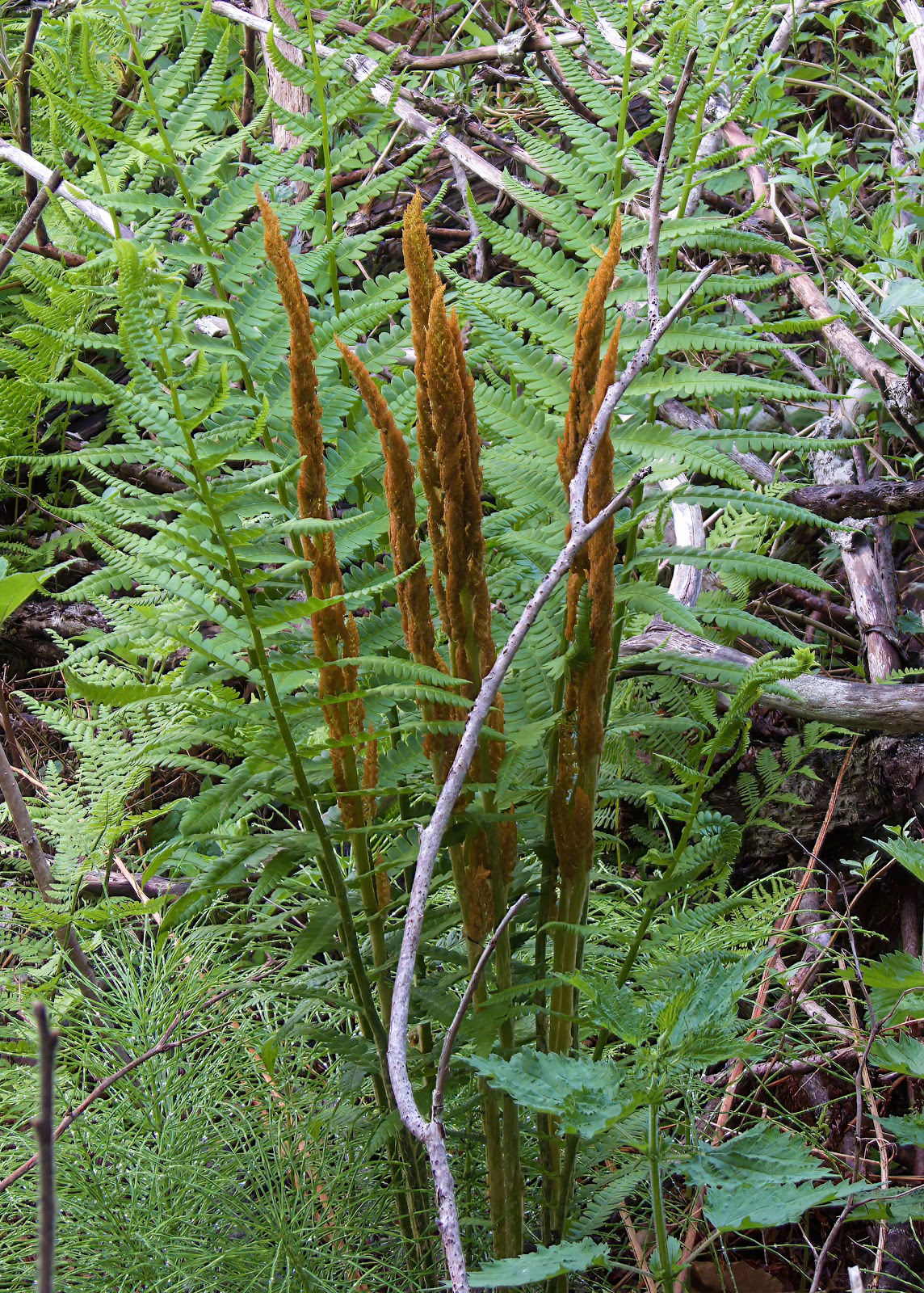NATURE
MONCTON NATURE NEWS
June 10, 2025
Nature Moncton members, as
well as any naturalist in New Brunswick or beyond, are invited to share
their photos and descriptions of recent nature sightings to build a fresh
(almost) daily edition of Nature News
To
respond by e-mail, please address your message to the information line
editor, nelsonpoirier435@gmail.com .
Please
advise the editor at nelsonpoirier435@gmail.com and the proofreader
Louise Nichols at Nicholsl@eastlink.ca if
any errors are noted in wording or photo labelling.
For more information
on Nature Moncton, check the website at www.naturemoncton.com
Proofreading
courtesy of Nichols nicholsl@eastlink.ca
To
view the live feed of the Peregrine Falcon nest cam on the summit of Assumption
Place in Moncton, go to:
**This is a heads-up for folks attending the year-end Nature Moncton barbecue on Tuesday, June 17: Please register at naturemonctoncontact@gmail.com to ensure we have an adequate food supply.
It is also important for participants taking
part in the beginner bird session 101 taking place on June 21 to
preregister at outandabout4nm@gmail.com
**Aldo Dorio sends photos of a short-tailed swallowtail butterfly taken at Hay Island on Monday.
(Editor’s note: one has to take care in
identifying black swallowtail butterflies taken at Hay Island. This site gets
visits from the very limited worldwide distribution of the short-tailed
swallowtail as well as the much more common black swallowtail butterfly. The
global range of the short-tailed swallowtail butterfly is restricted to areas
surrounding the Gulf of St. Lawrence.)
**Phil Riebel shares some excellent butterfly
photographs of the Canadian tiger swallowtail butterfly, including a
group of them at a food source that they have obviously found very
attractive as they are clustered and actively feeding, making for a
very pleasant photo op.
Phil got a photo of a hummingbird clearwing
moth, a moth that will be quite common over the next few months, and Phil
was in the right place at the right time to get a photo of a nessus sphinx
moth, which, like the hummingbird clearwing
moth, imitates a hummingbird in appearance as well as in action.
(Editor’s note: The nessus sphinx moth may
not be considered rare, but it is not commonly seen. Take a close look at
Phil’s side-by-side photos of these two species to note the noticeable difference through
close observation. The editor has never seen this species of moth, and not for
lack of looking!)
**Jane LeBlanc finally had a visit from a Canadian
tiger swallowtail butterfly to her lilacs. She notes her lilacs are still
coming out, while her sister in southern Ontario had hers out a month ago.
**Nelson Poirier shares some observations
from the recent Festival of Nature weekend.
The Eastern Phoebe likes to nest on
the cross members under bridges and walkways. A pair was encountered nesting
under a walkway at French Fort Cove. Nelson got a video of one of the pair
showing its constant tail flicking habit. Check it out at the link
below:
We see the large lamprey eel coming up
our rivers each spring, laying their eggs and then dying. The carcasses are
very popular fare for turkey vultures and bald eagles. However, when the eggs
hatch, the young lamprey larvae can spend up to several years in the mud before
going back to sea to become adults. The young larvae can appear in numbers and
create a feeding frenzy for gulls. Some young lamprey larvae were photographed
on one of the field trips.
Nelson also noticed a pair of craneflies
mating that at first glance looks like a pair of damselflies.
A caddisfly was spotted preparing its
nest to lay eggs in which the hatched larvae would be protected.
The Maine snaketail
dragonfly emerges early in the season, and some were spotted and
photographed having just emerged in their teneral state, sending blood
flow to their newly developed glistening wings, preparing to fly off on their
mission.
Nelson also had a one-eyed sphinx moth drop
by his moth attractor sheet to show off its brilliant orange markings, but it would only cooperate to show a portion of the (scary eyes) on its hind wing.
A cinnamon fern showing its newly emerged cinnamon fertile fronds was also photographed.
Nelson Poirier.
Nature Moncton















